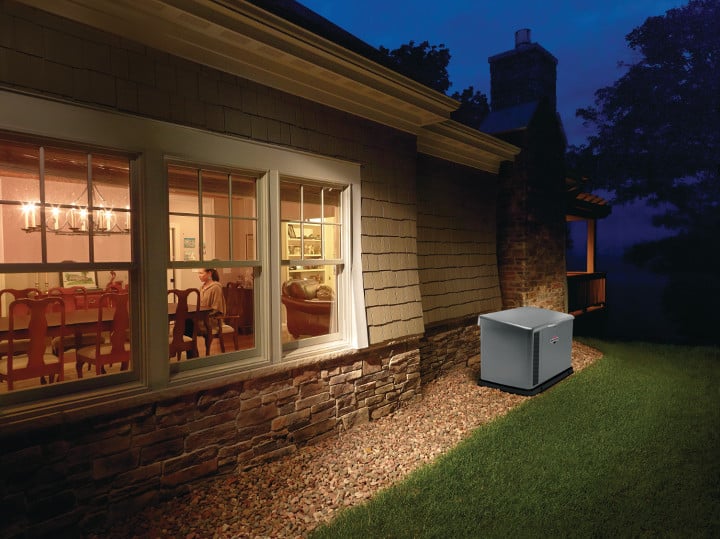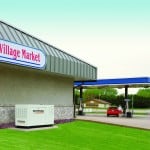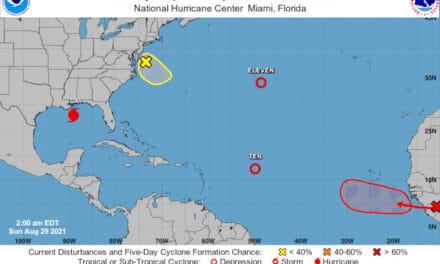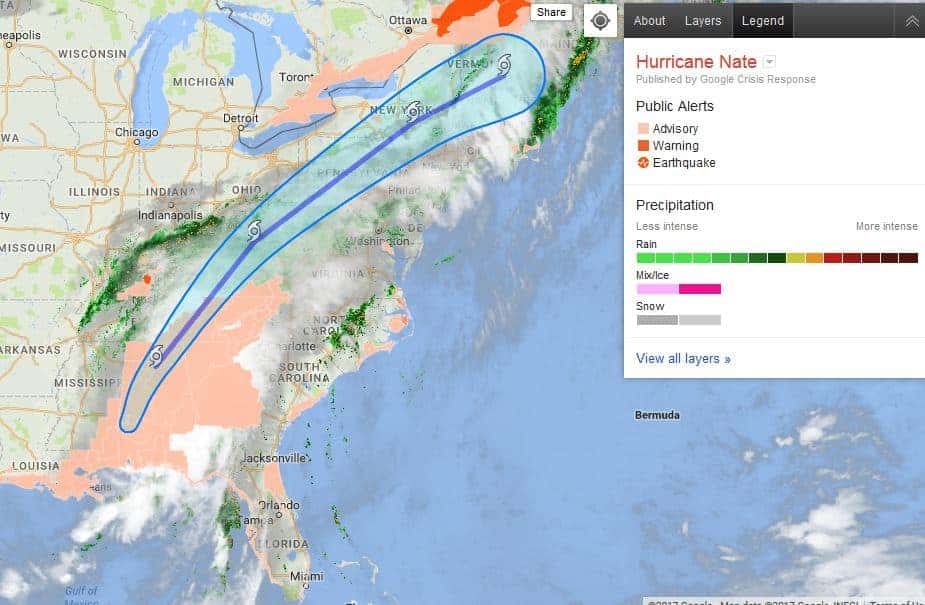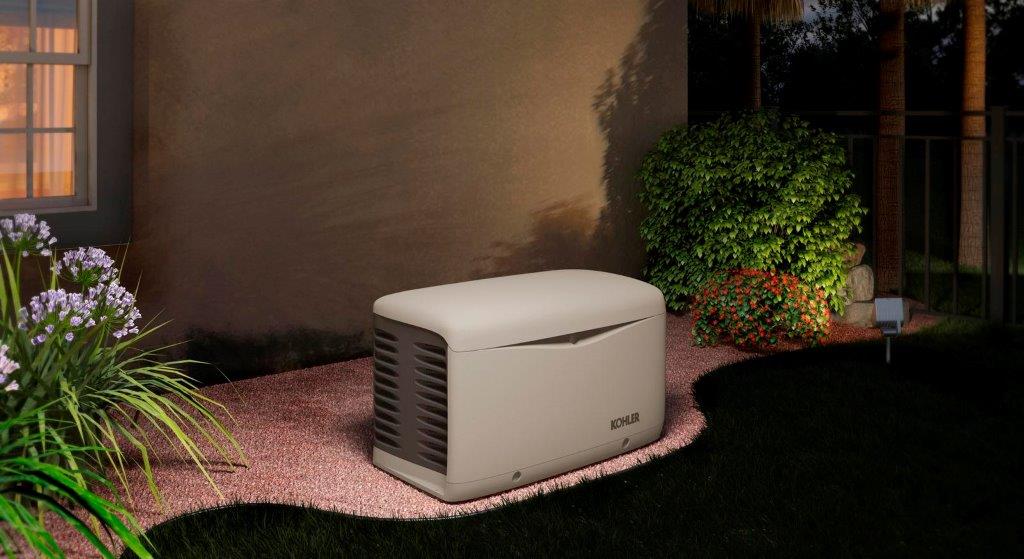Electric power utilities generate alternating current, or AC and distribute it via the power grid to homes, businesses and industry.
Alternating current changes constantly. It begins at zero volts, rises to a specific level and then falls back to zero volts. It then begins to flow in the opposite direction, rises to its peak level and declines again to zero volts. The direction reverses again to repeat the cycle. This cycle is repeated sixty times per second in North America.
Standby Generator Terms and Concepts You Need to Know
Three-Phase Electrical Current
The power company generators produce current that travels over three separate transmission wires. The current on each wire is called a phase. The cycle for each phase is evenly spaced from the other two phases. The full cycle of each phase requires 360 degrees, with phase one beginning at zero degrees, phase two at 120 degrees and phase three at 240 degrees. This is called three-phase current and is the standard current generated by all electrical utilities in North America.
Large three-phase motors are very efficient and are usually the only option when a motor of more than 10 horsepower is required. Many large commercial and industrial operations use a three-phase supply for all their power needs. This differs from residential use, where only a single phase of the three phases of current is used.
Single-Phase Electrical Current
The utility lines in a neighborhood usually carry one, two, or three phases of electrical current. The current from one phase passes through a transformer to adjust it’s level for residential use and then travels to the home over two wires.
The current moves back and forth on the two wires. When the current on Wire A moves toward the home, current on Wire B moves away from the home. The current on one wire is always moving in the opposite direction as the current on the other wire. This is the single-phase electrical current we are all familiar with in our homes. Each of the two wires carries 120 volts for a total of 240 volts. A third wire called the neutral provides a return path for 120 volt loads.
Single-Phase Generators
The standby generator for a small business or home must supply the same type of current that the utility company supplies to the home and should closely match the current in voltage and in the number of phases supplied. For homes and most small businesses, this means single-phase current at 120 and 240 volts. The generator will connect to the home using four wires―two “line” wires which carry current, a third wire called a neutral used in conjunction with either “line” wire to provide 120 volts, and a ground wire for safety.
Three-Phase Generators
Larger commercial operations, manufacturing facilities and some farms have a need for three-phase current. Large motors are often used for commercial refrigeration, air cooling and handling, and to operate heavy machines. Three-phase generators are the best option for these business and manufacturing applications since they provide the current type required for operating the large motors.
Some businesses may require voltages higher than 240 or 120 volts, and some three-phase standby generators are capable of supplying higher voltages. Some installations will need transformers and other equipment to change the voltage to the facility’s requirements.
Three phase generators supply power with three wires that carry the three-phase current, a fourth neutral wire, and a ground wire. Many code jurisdictions require an engineering plan for commercial applications before permits are issued and some also require an engineer’s supervision during installation.

